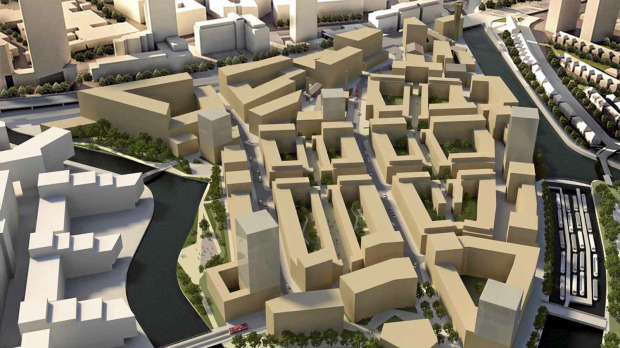Ikea’s Manual for Building a Neighborhood
By Nakia StithImagine a place where you don’t need to drive to accomplish daily tasks; restaurants, shops, offices, parks, schools, daycare, and healthcare facilities are right where you live. There are pedestrian only streets and zones, dedicated cycling routes, underground car parking and a focus on cleanliness. Sounds cool right?!?!
From what I read this sounds and looks like a utopian paradise (maybe even a compound) with Ikea acting as a municipal government of sorts? I was almost, kind of, totally brought in until I read that you couldn’t own. All of the sudden it changed from cool innovation to does Ikea want to become my big brother? The Globe and Mail admit this is a foreign concept to most North Americans and Brits but it is the norm in places like Sweden and other parts of continental Europe. Cobden says that by living in a mixed-income urban neighborhood in which none of the neighbors are owners “it is less likely that people will buy, wait for the value to increase, then become absentee landlords”. I understand the point he is trying to make but I am not convinced– I wonder what happens when people don’t get the opportunity to have an ownership stake in their communities? What happens when you can just pack up and leave when ever you want? Of course you can do this as an owner but Americans are more brought into the idea of owning homes, having something of their own.
More importantly, I wonder if Ikea will be different than most urban developers. Sometimes urban developers who are interested in ‘transforming’ urban neighborhoods create really cool and aesthetically pleasing structures that operate as silos in the surrounding community. Once the neighborhood becomes desirable the property values start to go up and people who never paid attention suddenly want to live in the cool part of town. I wonder if Ikea has taken gentrification into account and if they have plans on what to do about it— does Ikea-land get to be the one bright spot in a otherwise neglected community? Don’t get me wrong I love it when I see neglected communities go from blighted places of distress to diverse, hip, happening culture centers but I also believe that everyone deserves to have safe, non blighted, eco-friendly housing options.



 Subscribe by RSS
Subscribe by RSS